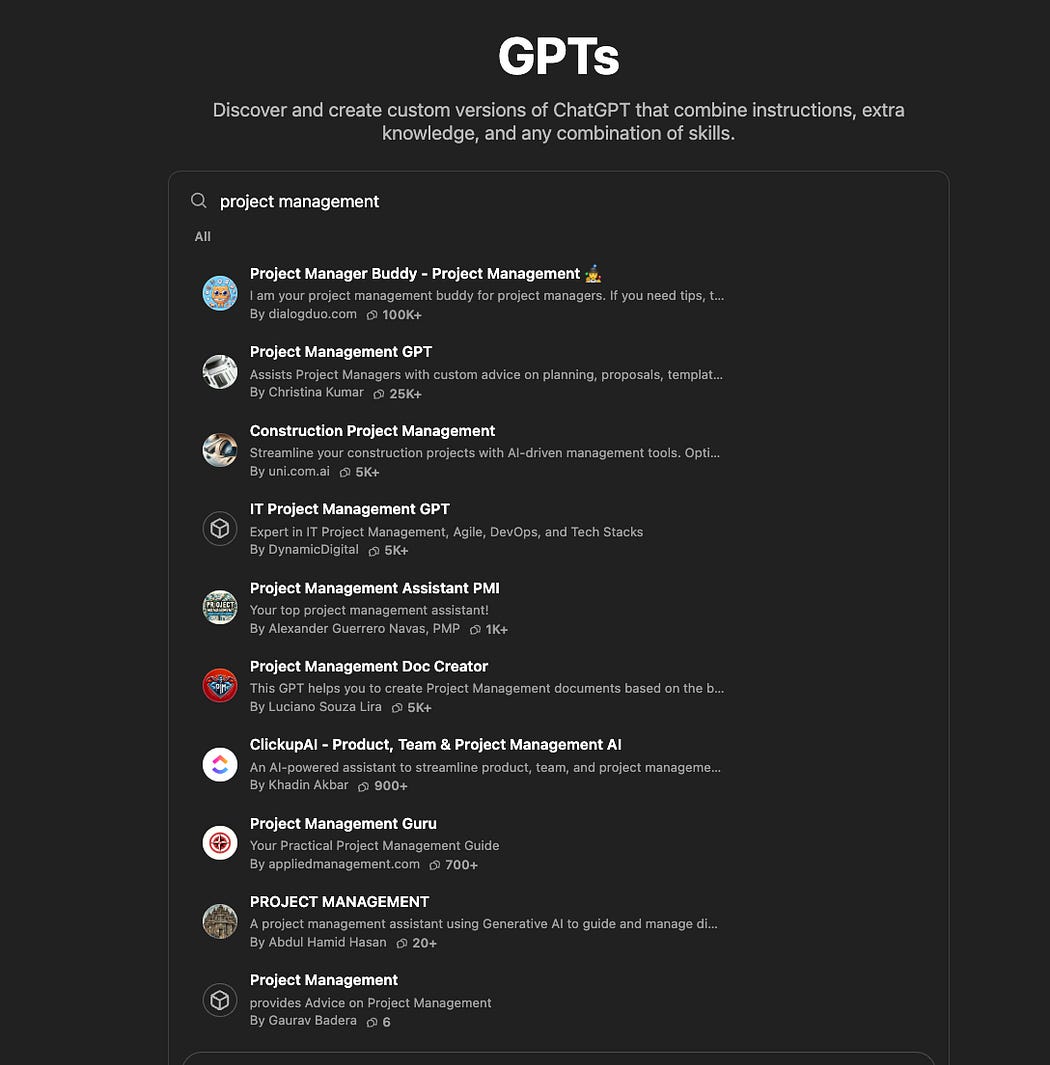How I work on multiple projects at once in tech
On keeping sane as a project professional in the high-growth software space

Introduction
This piece focuses on the dreaded multi-tasking effect from the point of view of a project manager needing to track and work on multiple initiatives at once.
This is a very common way of working for those of you working in the tech space, and most corporate project management professionals too. Multiple roles fit this persona, which I expand on in another article:
Work out of one Central Portfolio Dashboard
Making efficient use of a smart and modern project management template is key. I am currently using Smartsheet in our team to keep track of the list of projects I work on, broken down from the highest level to the granular task, and I make it a habit to ensure these are updated regularly.
I don’t see this as an admin task, since keeping my project data in order is paramount to ensuring I can focus on the most important work at any given time and forget all the rest of the noise that’s not relevant nor urgent.
Other project management software I’ve used in the past (Monday.com, Wrike, JIRA) have similar capabilities.
Automate the majority of your workflows

With modern software at your disposal, there is no reason for you not to automate the most tedious admin tasks in your day-to-day workflow. I have automated everything from project reports to email updates, meeting notes, and Slack reminders.
Start by making a list or taking note of repetitive tasks you find yourself spending inefficient time on week in and week out. A few examples:
Sending calendar/agenda reminders
Compiling and emailing project presentations and weekly project reports
Meeting minutes tracking, notes, decisions, next steps, risk logging
Surveys and project data collection tasks
Once done, estimate the weekly amount of time you spend on each task group. Sort the list. Start working on automating the highest source of admin time. Not sure where to start solving it? GenAI is your friend.
Balancing depth and breadth

This point is not a technical one but more around the conceptual approach to working on multiple things at once. I’d summarize it as “staying high-level on every task unless you need to go deeper to unblock it”. Let me explain.
As a Technical Program Manager, I am required to work on multiple software programs (sets of projects) and projects at once. All of these have a software engineering component, where I collaborate with Product Managers and Engineers to ensure the technical delivery is aligned and speaks to the business objectives the non-technical stakeholders have asked for.
As these tasks and technical components are many and quickly accumulate, I’d drown in 5 seconds if I micro-managed every single task within a project.
Instead, I invest time at the beginning of the initiative to ensure tight alignment between the business requirements and the engineering team, clarifying the scope and work streams that make up the project. Once the goals and key elements are, I trust the engineers to break the higher-level work elements into smaller components they have the freedom to work on (as long as they roll up and fit the project direction).
This does not mean I get involved at the beginning and then disappear. It means bringing in a shared understanding among the different people in the project team early and giving them independence and trust to deliver.
This frees me up to dive deeper into a subset of the technical components that do require more effort, alignment, and overall attention. At scale and across many different programs, this approach ensures I’m allocating my time smartly and where it’s most needed i.e. on the tasks that are either in most need of being unblocked or that are of the highest value/priority at that point of the project.
GenAI Assistants
Augment your productivity by building or leveraging GenAI assistants is the norm in the tech world now, and the space is moving ultra quickly.
OpenAI and Google Gemini are just two examples of GenAI tools you can use to give yourself a Project Management assistant who can act as your extended team member. One confidentiality note. Do not feed your assistant internal company files or data unless your company has an enterprise agreement with one of these model providers.
Continuous learning

Seems unrelated, but the more time you dedicate to learning and your professional development, the more effective you will become and you will be much quicker in ramping up on new projects as a result you will be able to become effective at maximizing your contributions on any given project. As a result, you will be able to take on more work (to an extent, this is not to say your plate will become infinitely full).
Dedicated learning and development time will introduce you to novel approaches to current tasks you may be able to remove/automate/make more efficient. I go more in-depth on this aspect in another piece.
Summary
Hopefully, this example gives you a sense of some areas you can tap into to become a more effective contributor while having to juggle multiple initiatives.
Reach out if you have any questions, and thanks for reading!






